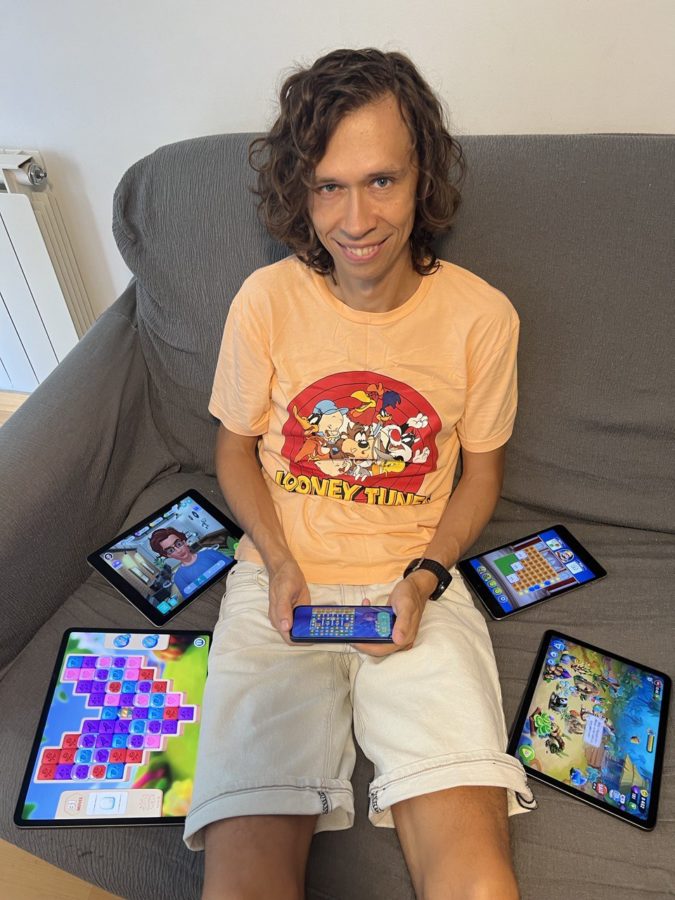Red Ocean. Intro to the Puzzle Market. Part 2
by

Intro
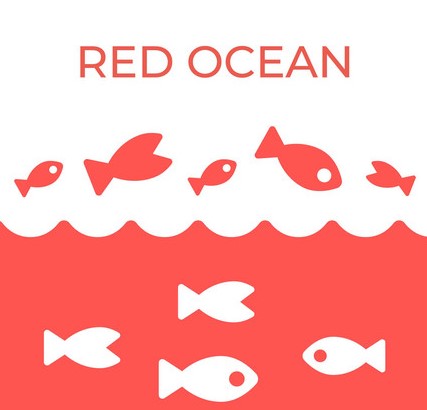
Hello, my fellow game creators. In my recent post, we discussed the topic of Introduction to Match 3 Puzzle Market.
We highlighted the current Match 3 “starter pack” (Candy Crush Saga, Homescapes and Royal Match) and why these games need to be played and studied by all puzzle designers worth their salt.
Today we will make a second step to build an understanding of the puzzle market in 2022.
Why is the second step called a red ocean? Because the current puzzle market is saturated with a huge amount of big successful titles.
In this article, we aim to understand the ingredients of this red ocean. Who is swimming around, how did they get here, and why are they successful? And maybe even how you can transform it into the “blue ocean” for your project, who knows! It’s tough to build a new massive hit these days, but not impossible if you really understand the competition.
How did I choose the list of games for this second step? A game should be:
- Successful. This point is incredibly important. When exploring the market and building or extending knowledge, you should rely on successful projects because it’s hard to determine why the game is not working as a business. Sure, you can get inspired by less successful games, but it’s almost impossible to build a hit without understanding the business side of big successful titles. Even if you like some features in a bad-performing project, you should be thoughtful in integrating them into your product.
- Innovative. The game should have some new things and fresh approaches it brings to the market. It should show something new that it delivered to the puzzle scene.
- Evolving. The game should be successfully operated and prove its longevity and scalability.
The main thing I was considering for the list is efficiency. The resulting pack of games should allow you to cover most of the things we have on the market right now. I am not talking about an absolute understanding of the state of the market, but after going through the list, you will have extensive knowledge about the current state of the puzzle space.
You will be able to build your own games better, evaluate any game against the current market, reflect on the current state of the industry, and try to find a sweet spot.
I will give you the tools. How to use them is up to you.
Enough about the methodology! Let’s talk games.
Candy Crush Soda Saga

You were already playing Candy Crush Saga, which started the commercial mobile puzzle market. Now it’s time to add its younger sibling – Candy Crush Soda Saga, which paved the way for popular mechanics innovations.
Honestly, it’s still one of my favorite games after all these years. Developers brought so many things to the mobile puzzle market:

- Match square – a new type of basic match that diversifies your match search priorities and brings additional options to the game board
As a result of “Match square” appeared “Flying targeted power-up,” which brilliantly covered a lot of the flaws in the original Candy Crush and created new opportunities for developers.
- It gave more level design options to create a more diverse experience. The design team got an opportunity to build more sophisticated levels and use isolated and hard-to-reach areas freely.
- It helped efficiently cover a lot of level design problems because a “flying thing” can smooth any obstacle layering or positioning mistake.
- It added depth to the gameplay creating a deeper learning curve for the player.
- And if a player is super lucky with a combo Rainbow+Flying, they can create a tremendous event pushing them closer to a massive win.
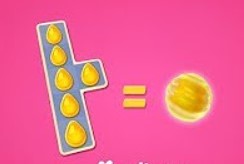 2. Match 5+1 and Coloring Candy. This power-up is complex to understand because it’s hard to create and is very similar to the usual match 5, and players might prefer having a match five because the usage result is more predictable. That’s why I am not a big fan of this decision.
2. Match 5+1 and Coloring Candy. This power-up is complex to understand because it’s hard to create and is very similar to the usual match 5, and players might prefer having a match five because the usage result is more predictable. That’s why I am not a big fan of this decision.
- That’s why we didn’t take it to Homescapes. 🙂
- Other games didn’t adopt it either, and you can find it only in the “Candy” series.
- But it added another layer of novelty to the core gameplay, which was great for product differentiation.
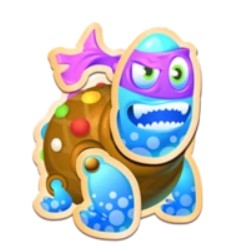
3. Sprinkleshell. Another great innovation was a unique cumulative power-up sitting out of the board. The player charges it with blue pieces and then manually activates it. You can select which color of pieces you want to destroy. But you can see this crazy turtle only on levels 300+. The feature was intriguing but quite hidden inside the progression. It is good for maintaining long-term engagement but not the initial interest.
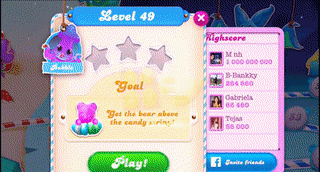 4. The game presented multi boards and long scrolling boards. On top of the classic 9×9 board, Soda Saga introduced long scrolling boards and levels with multiple game boards.
4. The game presented multi boards and long scrolling boards. On top of the classic 9×9 board, Soda Saga introduced long scrolling boards and levels with multiple game boards.
- This feature helped to create more tension for the players inside the level and to push them toward end-of-the-level purchases.
- Later it helped developers to fight successfully with the “winning streaks” prizes and any endless pre-level boosters because all of them are used on the first screen. But most players don’t notice this little trick and happily keep playing.
5. Gravity. Soda Saga disrupted the way how pieces can move on the board.
Instead of regular top-to-the-bottom movement, they introduced a soda mechanic that made candies move from bottom to top. And it added an additional feeling of novelty, allowing Soda Saga to stand out in the market even more.
Fishdom and Gardenscapes
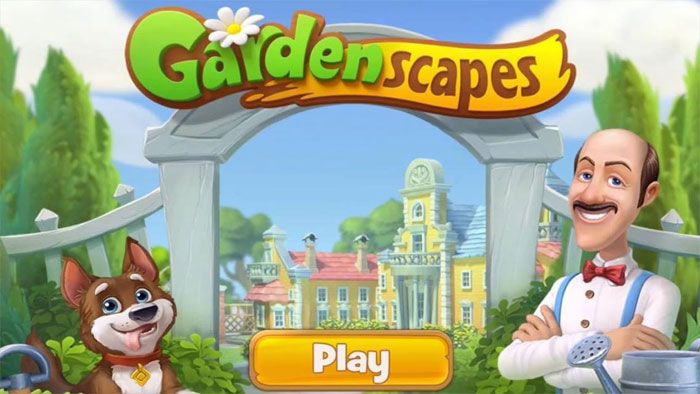
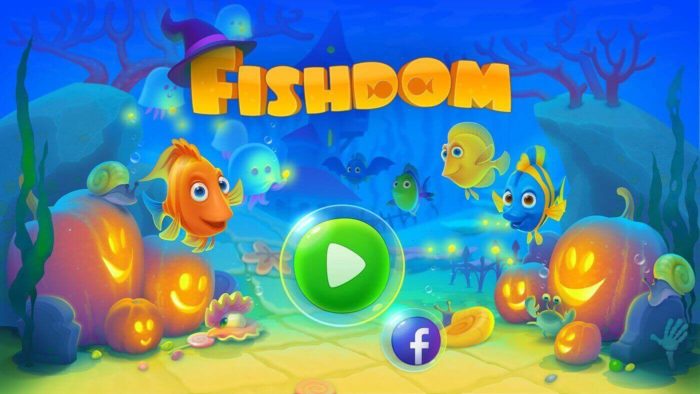
I hope by now you have familiarized yourself with Homescapes.
Now it’s time to add more games from the Playrix kingdom.
The games we’ll talk about today are very similar in some ways and very different in others, but that’s what makes their comparison so interesting.
Gardenscapes
- The game’s deep narrative-driven deco meta layer was the main market-shaking and groundbreaking innovation. Puzzle lost its crown as the only point of interest in the game, and it changed the casual industry forever. Maybe Austin was not the best character in entertainment history, but he is still the most charismatic in the puzzle world. In which other game can you see a bold middle-aged butler as the leading character?
- The second most important thing was the power-up activation method. Just double tap or swipe, activation of any power-up became very easy compared to Candy Crush’s color-matching activation.
- Unique power-up system with an additional cumulative power-up. It revolves around simple explosions, and there are no enhanced explosion combos and no need for strategic thinking. You are just digging through many layers of different obstacles with matches and round-shaped explosions. I call it “digging” gameplay for a reason. Just dig and dig, not too much strategy involved. But it’s also okay because not everybody wants depth and strategic options. The game gave players a simple and satisfying experience.
- A massive amount of live ops on every step allowed the company to maintain engagement KPIs very high. You don’t need to rely only on storytelling power and level chain quality when you have a big active world of events. It’s easier to maintain the interest of the audience. Nobody should underestimate the power of live-ops in the modern game.
Fishdom
Many people forget about this game, but Fishdom was the first innovator to add a deeper meta and color-independent power-up system.
- The game brought much cozy fish fun with its Finding-Nemo-like style meta part. It has plenty of easy-to-digest sandbox-style meta content. You will probably be shocked to hear some random fish having a meaningful dialog about you.
- Match 3 was not top-notch from the start. It presented colorless activation for power-ups but was quite simple. Players are asked to play with two obstacle types: destroy tiles and collect gold nuggets for the first 200 levels. But even with this lack of mechanical diversity, this game is still among the world’s top five Match 3 games. I suppose people like fish and aquariums. Think about it; it could help you find another empty niche for a meta-theme.
But should you play Gardenscapes or Fishdom? Choose for yourself:
If you want to explore new meta opportunities and have already played Homescapes – play Fishdom.
If you’re going to explore more different and profound puzzle implementations – jump aboard the Gardenscapes train.
Project Makeover

The next game on our list is Project Makeover, and this is why:
- Developers invented or successfully applied a new vision for the meta deco part of the match 3 game. Cheaper, lighter and more effective than existing meta-heavy games at that moment. Also, it had a fresh feeling for the match 3 market with all that TV show vibes.
- The episode-style presentation of the meta allows the developer to atomize the content efficiently. The player doesn’t need to remember what happened in the story 1000 levels ago. At the same time, there is an overarching interest in developing your avatar.
- The game has a nice overall match 3 feeling but lacks some cohesiveness and depth. Combos with Rainbow are very weak, only Rainbow+Line is working nicely, and the absence of the flying power-up is not helping at all. Developers had some space for improving their core puzzle gameplay but probably heavily invested their resources on the meta side.
- There is not much novelty on the puzzle side in general. Project Makeover copied match 3 gameplay from its predecessor Matchington Mansion. And Matchington Mansion deserves a personal article, “David vs. Goliaf. How Matchington Mansion challenged Playrix and….”. That was a real thriller.
Harry Potter: Puzzles & Spells
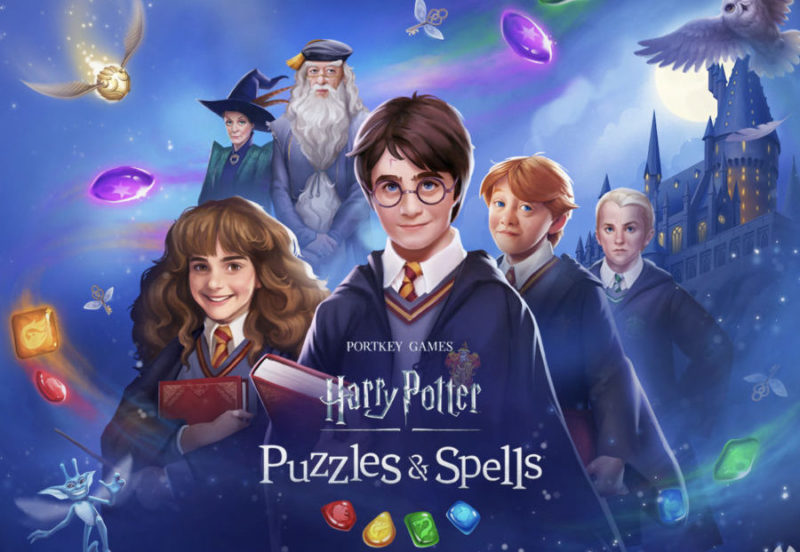
The next big story on our table will be the only successful IP-based puzzle game. Everybody heard about Harry and his adventures. And even though the essential Match 3 experience lacks huge innovation, Zynga added a lot of cool stuff there:
- Harry Potter. The IP is massive, and it adds some value. Marketing is easier and cheaper without any doubt.
- Spells, basically cumulative power-ups triggered with white pieces, add an exciting flavor to levels. Sometimes, it can even make the level nonlinear because you will have a choice of which one to use first.
- Developers added different pets, another cumulative power-up you can charge through the levels and later use in any level you want. And the game has a great selection of different chargeable power-ups.
- Harry Potter, in general, is very action-packed. Every single moment something is happening, flying, jumping, exploding. It allowed the creation of a magical living world inside the level that glues players’ attention to the screen.
- Great social interactions. Zynga created the most profound club engagement system on the market. A lot of clan actions, activities, and additional puzzles. All this stuff successfully fights the boredom of long engagement and helps with the engagement KPIs in general.
Clockmaker
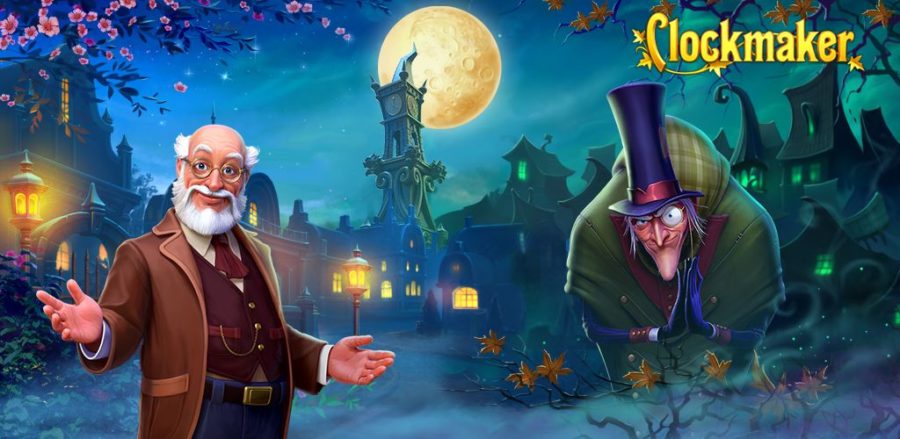
Most people never heard about this project, but this is a decent match 3 game, and it makes plenty of money. It has an exciting life story. And it keeps growing as a business.
- Clockmaker is one of the rare games where you can select a level or location you want to play. So that will be your only “nonlinear progression” puzzle game on the list.
- It has a magical vibe that will instantly knock you back in the Facebook age of casual gaming.
- Match 3 is very old-fashioned. It’s tough to aim for a wide market success without changing it into something modern.
- The meta part, on the other hand, is better. The story has some nice plot twists. Art and special effects are better on the meta side as well.
I could say many good words about their success story, but you should see this game with your own eyes. It’s that quirky and special.
I’ve heard some rumors that creators tried to reskin the game into modern art, but it didn’t add anything, so they decided to stick with the old art.
Toon Blast
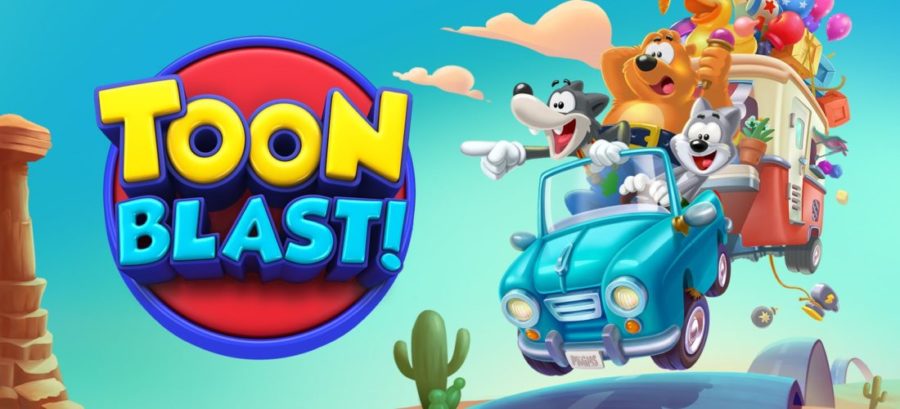
Besides Match 3, there are other types of puzzles making tons of money and screaming, “Play me. I am interesting and successful!”
Toon Blast is a collapse-type puzzle game where you don’t need to move pieces and do matches but tap big masses of elements of the same color.
Main advantages:
- Toon Blast and its older brother Toy Blast brought collapse core mechanic combined with a Match 3 approach to monetization with pre-level and in-game boosters and additional moves.
- At the same time, they created fast-paced-easy-going color match experience.
- A lightweight meta wrap-up does not distract a player from the primary process of beating the levels and from enjoying a polished puzzle.
- If you liked Royal Match, you would find a lot of similarities because Toon Blast is a proud parent of a Royal Match gaming experience.
Lily’s Garden
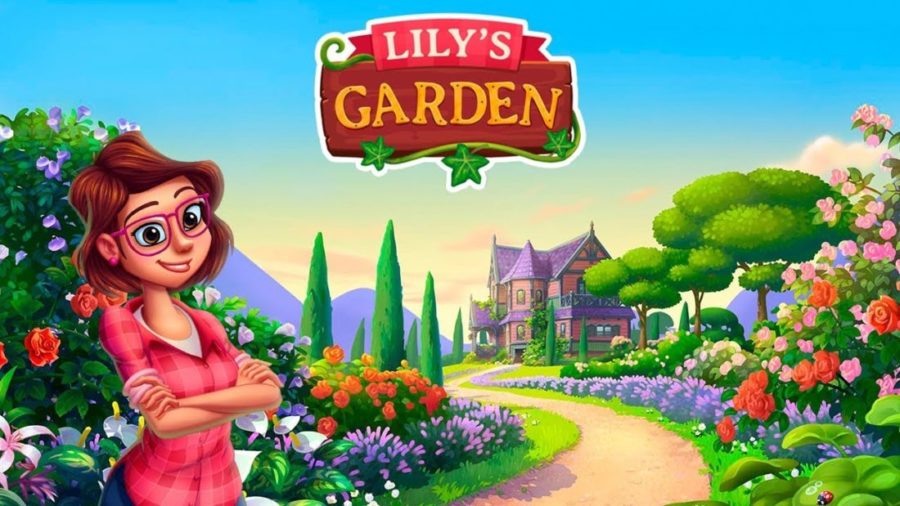
- Another take on the blast/collapse variation but now with the rich wrap-up around the puzzle. And subjectively, Lily’s Garden has the best and the most profound story on the successful puzzle market in general. If you play deep enough, you will have TV series experience.
- The core collapse mechanic is more polished than Toy Blast/Toon Blast. Developers resolved some fundamental issues with power-ups, like the useless small bomb in Toon Blast. Personally, it was my favorite collapse puzzle until Star Blast appeared, but that’s another story.
Toon Blast and Lily’s Garden will give you enough expertise to get the basics around the “collapse” branch of the puzzle market.
Conclusion and takeaways
This article outlined eight games covering the second layer of puzzle market understanding for you.
But what’s important here is that every big hit in this red ocean brought something new to the market. There are no success stories without thoughtful innovation. That’s the main thing I wanted to share.
- You should bring something new to the table to build a massive hit.
- If you see a new emerging game, it means there is something fresh inside. It could be a different meta approach, a new core puzzle mechanic, or a combination of both. As game creators, we should find this thing and study it, no matter how unimportant the change might seem at first glance.
In follow-up articles, we will go deeper with our exploration, but you should still play around 100 levels in each listed game. Why 100? Please read my first article. I explained it there in detail.
After discovering all those games, you will have whooping 1100 levels of puzzle understanding!
Not only that, but also you will have your preferences and things you like in one game or another. A bit of core experience from here and meta wrap-up from there. Some interesting live ops and maybe some fish jokes, who knows. 🙂
In the following article, I will tell you how to play a puzzle game in a specific way to understand it better. What you should look for now is how to evaluate different things and how decide whether the game is a good product, disregarding your personal preferences.
Cheers, and see you soon!
Have a happy gaming time!
